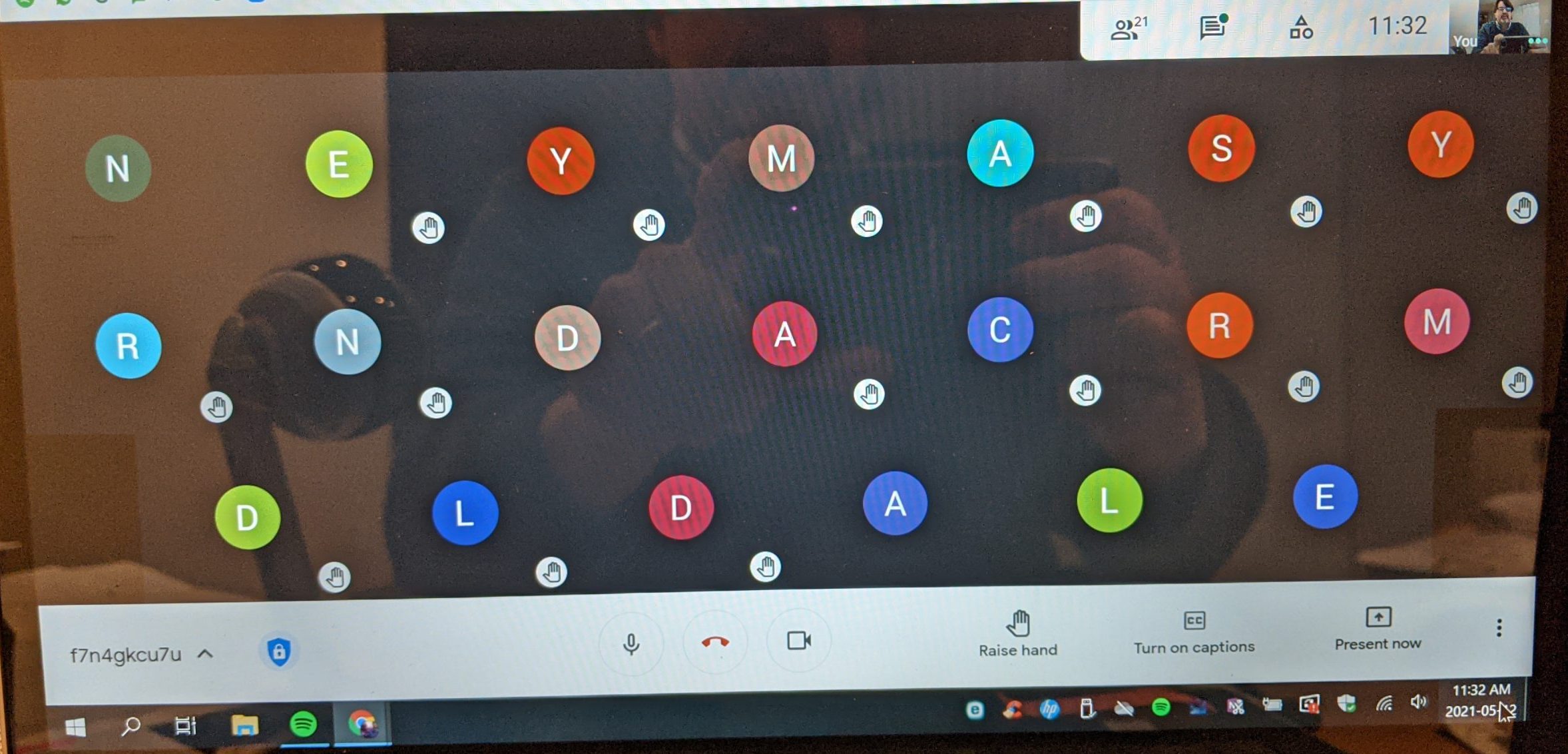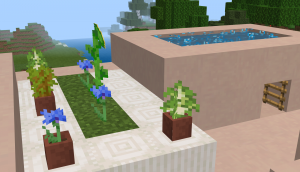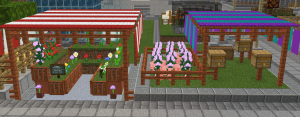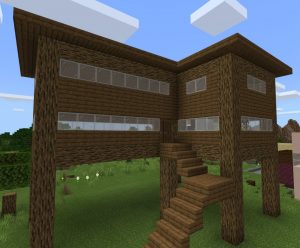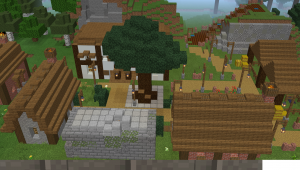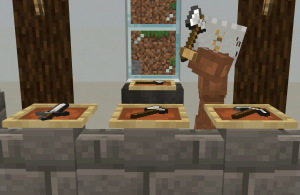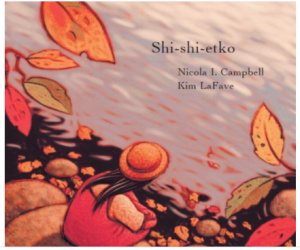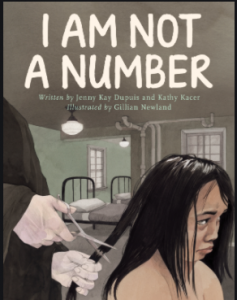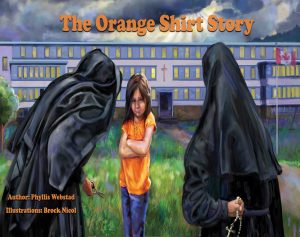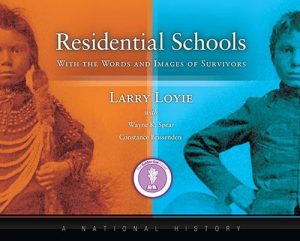As the year winds down and you start to think about next year, I have something I want you to consider: get rid of tests.
No, seriously. Forget about them.
When I first started teaching, I, too, used tests. After all, that’s what my experience was: finish a unit, do a test to demonstrate your learning, move on to the next unit. I even did that thing that my own teachers had done where I worded questions in specific ways to try and “trick” students. I told myself that this was a way to make sure they were attending to the questions, really paying attention in class, really knew the material.
Is that true, though?
As I learned more about effective assessment and practice, I started to see how wrong that was. What are we really assessing when we ask students to memorize facts? Complete tests within a set timeframe, inducing unnecessary stress? Give them one chance to show their learning, in one set way, without allowing for student choice or different ways for students to show their learning?
(As an aside, my most hated kind of test is a spelling test.)
I got rid of tests in my teaching several years ago and I have no regrets. This decision has led to a better understanding of students’ needs and learning, higher student engagement, and a more fun classroom all-around.
So what do I do instead?
P R O J E C T S.
There are so many reasons why I love projects.
- The possibilities of what you create are nigh endless.
- You can easily provide multiple options to students.
- Expectations for the project can be tailored to individual students’ programs and needs.
- Projects are versatile and easy to adapt on the fly if necessary.
- Cross-curricular opportunities abound.
- Projects can be individual or collaborative in nature.
- It’s easy to integrate technology into your plans.
What kinds of projects do I use for assessment?
For Grade 4/5 Science, I’ve used Minecraft: Education Edition to have students create model habitats and human organ systems to demonstrate what they had learned. In previous years, I’ve also had students create new animals (inspired by the book Scranimals) and create a habitat that would respond to their needs.
For Drama, Art, and Language, I’ve had students create stop motion animation and puppet shows where they have to think about the backgrounds, character design, sound effects, storyboards.
For Social Studies, students have created museums with artifacts from early societies, explaining their importance and history while acting as tour guides for visitors.
For Math, students have created their “dream home” with set parameters for maximum perimeter and area. At times, I’ve also extended this into financial literacy and planning by giving them resources and asking them to decorate their home within a certain budget.
For Grade 6 Science and Language, students have created dioramas of key moments in stories read in class and incorporated circuitry and working switches into their pieces. (These were extremely cool and some of my absolute favourite projects to date. So many design challenges to overcome. So many creative solutions. So much perseverance!)
For Language and Art, students have created graphic novels of fractured fairy tales, incorporating narrative elements and elements of design into their work.
Like I said: the possibilities are nigh endless. Often, students will find ways to adapt and change the project in exciting ways I hadn’t thought of before. I can then take their ideas forward into future years.
Using projects as often as I do isn’t without its downsides, of course. Projects take a LOT of time, so you’ll want to be prepared for that. You need to be clear about what your expectations are so that students don’t get too far off track, either. Providing a list of steps for students to follow is helpful, especially with set “check in” points where you meet with them to see how things are going.
One key thing you’ll want to have in place before you dive into project-based learning is a routine around what students can do if they have finished their work. I’ve found that students tend to take different amounts of time to complete their work, some groups finishing quickly while others still have days ahead of them. You’ll want to know what the finished groups will move onto while waiting for others to finish (and no, it shouldn’t just be extra work).
Also, projects tend to make your classroom look a mess. I’ve embraced the chaos. My classroom is never tidy.
Every year, I ask my class what their favourite things were that we did in class. Every year, they mention projects. They love them. They love the creativity, the flexibility, the collaboration.
Even if you don’t completely get rid of tests in your classroom, try some projects, alright? It’s worth it. Even when the projects don’t work out the way you expected and you can’t use them to assess what you thought you were assessing (which happens sometimes!) it’s still a worthwhile venture.
If ever you need ideas for projects, I’m here. I’m happy to share. I do so many of them.
If you already do lots of project-based learning, what are your favourite things that you’ve done?

